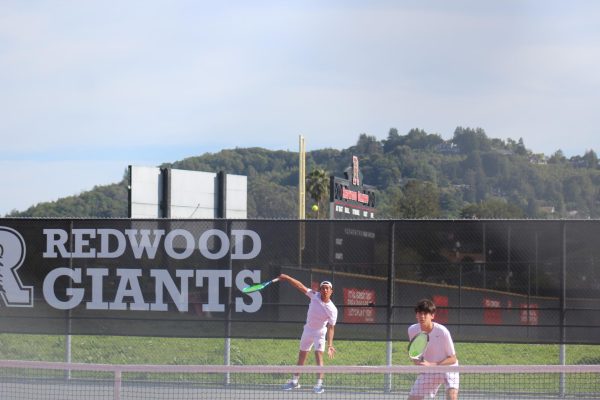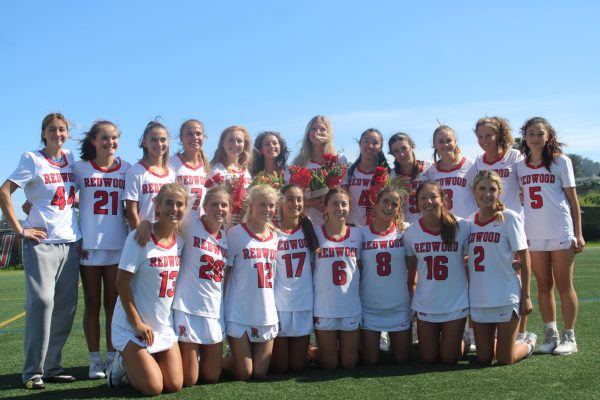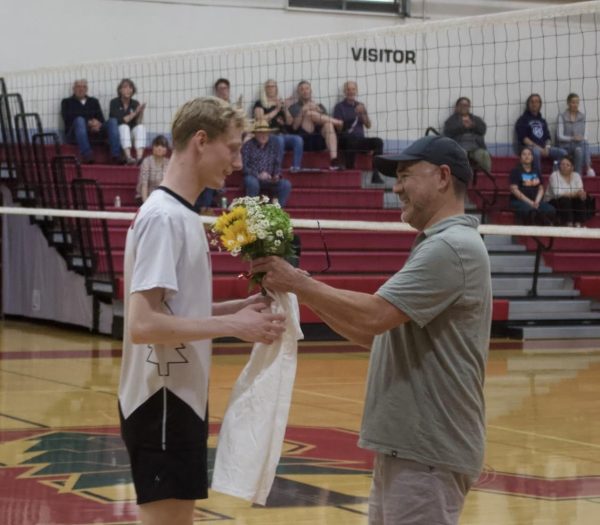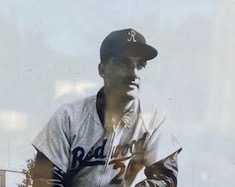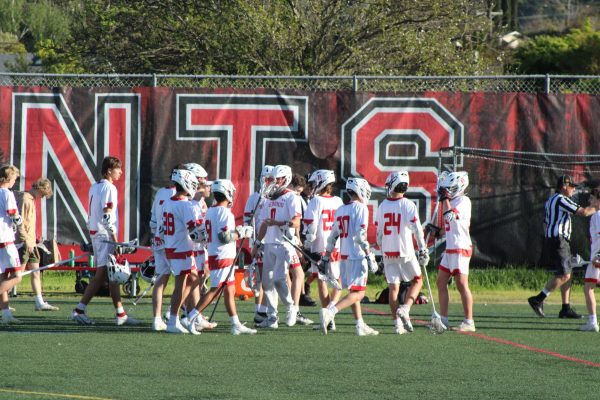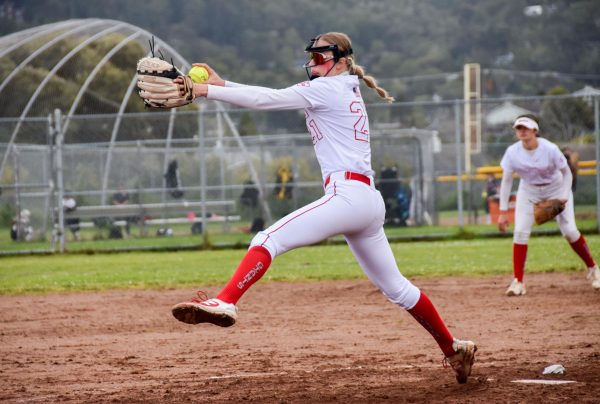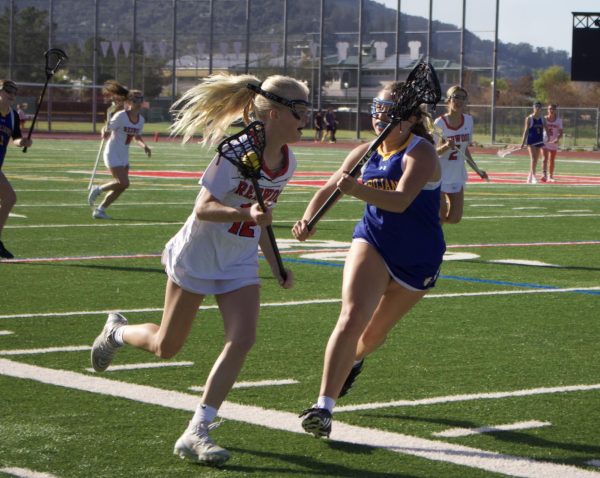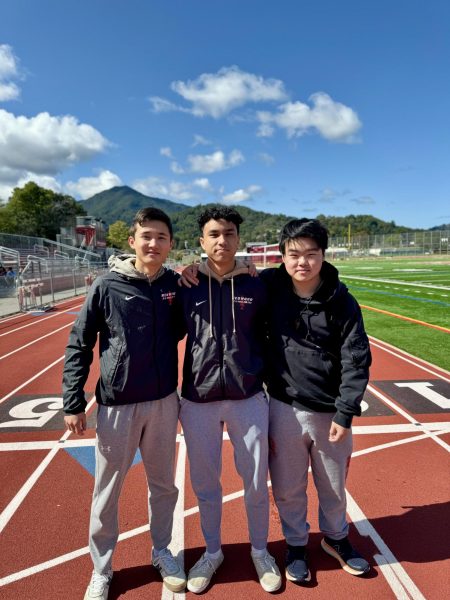High school games need fans: a crucial aspect of the game
December 16, 2020
A once-packed Redwood gym is now vacant as COVID-19 numbers continue to rise and strict regulations are reinstated. According to the Next Student College Athlete, when high school sports resume, it is likely that spectators in California will not be permitted to watch in-person. Removing fans from games will negatively impact the quality of play and competition levels because of the lack of emotional support and adrenaline that a fanbase brings.
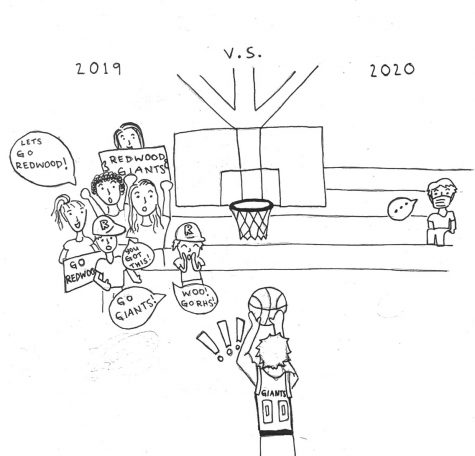
Since freshman year, I have been on the varsity girls’ volleyball team and have experienced both a gym packed with rowdy high schoolers and an eerily quiet, empty gym. In former seasons, the roaring chants echoing from the bleachers after every point was the root cause of my adrenaline. Consequently, my personal statistics were at an all-time high when there were people in the stands as compared to less attended games; adrenaline fed my ability to keep playing even when I was exhausted and fatigued.
According to Dr. Daniel Murell, a member of the review team at Medical News Today, adrenaline improves focus and quick thinking, which is crucial for sports and can improve a player’s overall performance. This adrenaline fuels athletes to play at their fullest potential for hours on end, however in an empty gym, energy can only be derived from the player themselves instead of the liveliness of the crowd.
Although it is true that a higher crowd turnout at high school games could potentially lead to a surge in COVID-19 numbers, it is possible for fans to social distance in high school gyms and follow guidelines, allowing athletes to get the support they deserve in order to perform their best. Redwood has six different sets of bleachers inside the gym and several different sections of bleachers surrounding the football field. Instead of entirely removing fans and spectators, social distancing requirements should be implemented. Currently, college football is able to accommodate fans at games by limiting the capacity to about 20 percent capacity to avoid large groups, according to a New York Times article. Schools have also placed stickers on the ground to help ensure that fans maintain a safe distance as they are entering the arena and waiting in lines.
Not allowing fans can be beneficial to reducing the spread of COVID-19, but attempting to play a game without spectators is unsuitable. When the gym is full, athletes strive to impress fans and look to the crowds for support. When there is no one there, nobody can urge the athletes to push forward after a setback; nobody can chant athletes’ names to improve the players’ confidence, and there is a missing competitive aspect without the cheers coming from both sides of a rivalry. Although there will have to be limitations on capacity, having some spectators is better than none at all.
According to Mathew Flutterman, a reporter at the New York Times, athletes grow to rely on the “external stimulants” that a fan base brings to reach a “competitive peak.” Without spectators at the game pushing the athletes to their limits, how will the competitiveness compare to the way it was?
Redwood’s games are known for their lively and energetic atmosphere; not having fans cheers or chants when sports resume in January will be detrimental for all high school athletes. After such a draining year, allowing some spectators – who follow social distancing and safety regulations – should be considered because these high school athletes not only need a fanbase, but they deserve one for all of their hard work.








